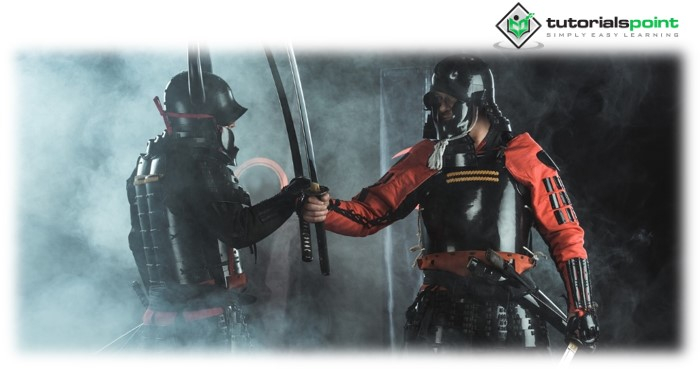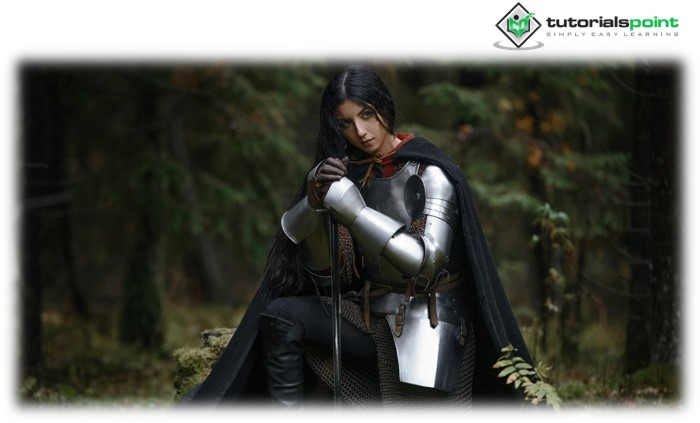

Body armour is a term for protective clothing that can deflect or absorb the force of projectiles or other weapons that could be used against its wearer. Armor is also sometimes spelled armour. Up until recently, soldiers engaged in combat wore armour that was painstakingly crafted and frequently intricately wrought, indicating the value put on both the wearer’s protection as an individual as well as the importance of the wearer as a member of the group. Due to advancements in technology, a range of clothing styles that are suitable for the dangers of contemporary combat have been created using lighter protective materials. Armor is now commonly worn by law enforcement, non-military private security forces, and even non-combatants who could be attacked due to the increase in terrorism and the usage of powerful personal weapons by criminals.

Armor is defensive apparel designed to protect its wearer from malicious harm in military and other combat situations; it is frequently associated with soldiers and riot police. Throughout recorded history, several materials have been utilised as armour, starting with skins, leather, and bone and moving on to bronze, steel during the Roman era, and more recent materials like Kevlar, Dyneema, and ceramics. Animals employed in battle, such as war horses and elephants, were frequently protected with armour. Barding was the name of the armour for war horses. For hunting dogs that pursue dangerous animals, such as boars, armour has also been created.
There is a nice illustration of the armour being used as a symbol in conflicts and fights. The armour represents anointing. It is thought that this extraordinary thing was given to the gods in ancient times, which suggests that it is more than just a piece of protective equipment and that it has a unique personality in its community. It denotes the gods’ involvement in all conflicts. The armour in The Iliad serves as both a theme and a symbol. Whenever the rightful owner wears it, it serves as a motif. It is also clear that after a soldier dies, the armour remains intact. When a soldier dies in battle, his soul dissociates from the body. In a combat, the armour might potentially mean life or death.
In prehistoric Mesopotamia, the armour represented a person’s identity. The massive armour that a nobleman wears to stand out from other people is an indication of his status. The troops’ identities are similarly denoted by their armour. When he is wearing the armour, a person’s identity is either made known or hidden. It represents a character that is driven by rage and brutality. When a person is wearing their armour, their personality shifts from their natural selves to violent and deadly individuals. A person’s true identity may also be hidden by the armour.
Another indication of the relationship between humans and gods is the protection the armour provides. The defence provided by the armour to its legitimate wearer is evidence of the influence of the gods on people. Even if the soldier is the proper one to wear the armour, if the gods do not bless it, it will probably have a bad effect on them. It is also obvious that each individual’s identity is affected differently by the protection provided by armour. When a soldier dons the armour that is designed for him, his identity transforms into that of a valiant and heroic person. The two identities clash, however, if the incorrect individual is wearing the armour, and the soldier is likely to suffer consequences. A soldier’s true identity cannot be assumed by the wrong person, nor can his glory.

In some instances, troops use armour to demonstrate that they have resolved a war. Additionally, soldiers will occasionally wear armour as a symbol of friendship. This is demonstrated when soldiers trade armour during a battle. After exchanging armour, the soldiers behave kindly and modestly, which suggests that the original motive to kill has been reversed. Despite the conflict between the two city-states, it suggests a change in identity in commemoration of their accents.
It is obvious that one of the most crucial pieces of military equipment in ancient societies was armor. In actuality, without it, the men were in danger of being wiped out. However, the epic has added significance for the armor. By using the armour as a symbol, Homer is able to illustrate what an important role it played in the lives and beliefs of the ancient Greeks. The armour is a representation of many facets of life, including conflict and its resolution, personal identity, and war (vigour, fighting spirit, and victory).